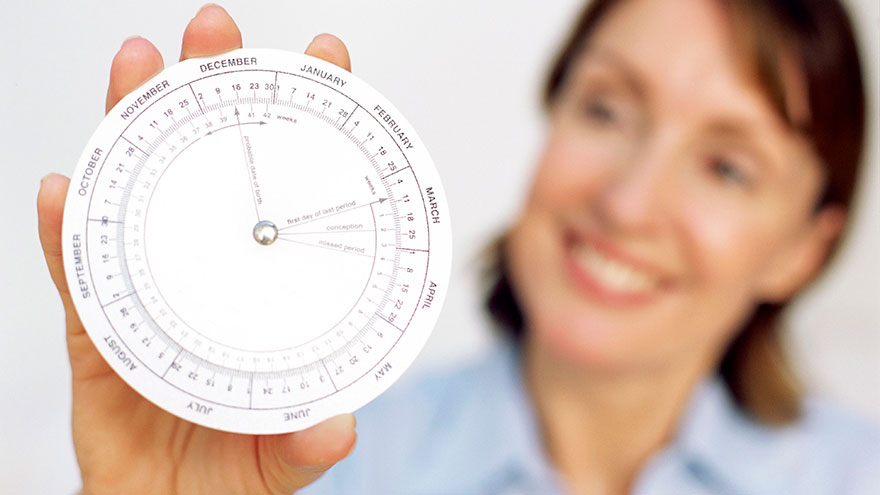How to Figure Out Your Conception Date
Determining the exact day a baby was conceived is not usually possible. Many factors affect when an egg is fertilized and when the fertilized egg implants into the uterus to begin growing as a fetus. At best, if a woman has regular cycles, she can figure out a range of a few days as her estimated conception dates. A few methods can be used to figure out your possible conception dates.
Things You’ll Need
- Date of the start of your last menstrual period
- Date of your last intercourse
- Due date
- Date of your expected missed period
6 Steps to Figure Out Your Conception Date

1. Count 11-21 days from the first day of your last menstrual period.
This method works only for women who have regular 28-day cycles. Conception would have occurred between the 11th and 21st days of the cycle.
2. Count one or two days after ovulation.
If you have been keeping track and know the day you ovulated, your conception occurred shortly after. The egg survives only for about a day after ovulation.
3. Count one to five days from the last date you had intercourse.
This method works if you did not have frequent intercourse during your last cycle. Sperm can survive for up to five days and the egg for only one day.
4. Count backwards 38 weeks from your due date.
Pregnancies are estimated to be 40 weeks starting from the first day of your last menstrual period. So somewhere about 40 minus 38 weeks is when you conceived. This method also works best for women with a standard 28-day cycle.
5. Count backwards about 10 to 14 days from what would have been the first day of your next period.
If you expected your period on the 28th of the month, then you likely conceived somewhere around the 14th to the 18th of that month. This method works well for women who have longer than the standard 28-day cycle but still have predictable cycles.
6. Notice unusual cramping mid-to late cycle.
Some women can feel conception; it feels like cramps but happens too early in the cycle to be menstrual cramps. This is helpful for women who usually do not have cramping outside their menstrual periods.
You Might Also Like :: When is the Best Time to Start Trying to Have a Baby?

